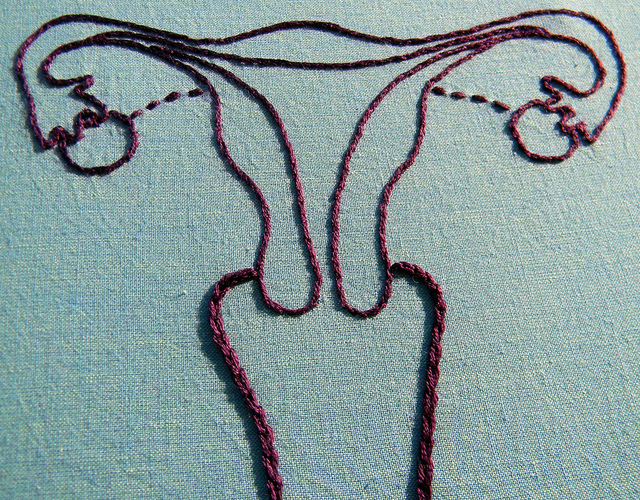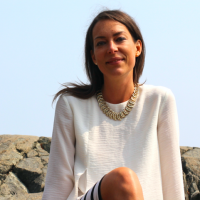We are the only ones who have the power to choose what we put inside of our bodies; we are also the ones who make the decisions about what we send out into our world.
When we don’t make the best choices, it is because we haven’t realized there are other options!
I spend a lot of my free time tramping wild beaches—and when I say wild, I mean rural and isolated. These shorelines are miles away from towns and, for the most part, other people.
Out there, it is usually just nature and me. I often spot eagles, seals and sometimes even whales.
Another thing I see on these adventures, though, has nothing to do with wilderness and plenty to do with humans.
Each tramping session, I find at least one plastic tampon applicator laying on the shoreline, often several. I see this with more regularity then any other synthetic wash-up from the sea.
I used to nervously skirt around this item. There’s plenty of beach, why not just walk around it? But recently it hit me: these applicators are from us women, so we should be the ones who fix it.
It seemed there was something we could do about this that would both benefit our sacred lady parts and the planet.
We have choices when it comes to feminine hygiene products. I understand that being ladies on the go, we want quick and easy solutions for taking care of our bodies. With how things are advertised and packaged, tampons, especially ones with slick plastic applicators, seem the most appealing or “safest” bet.
But, let’s unpack this hard, little cylindrical subject for a moment.
What are tampons? They are super absorbent cotton sponges that more or less allow us to bleed each month and not have anyone know. We can do our yoga practice, go to the gym, and do our job without fear of our period showing.
Advertisers have done a good job at making us believe that we can achieve this secrecy, and that this is what we actually want. However, like many consumer products, this one comes with its downsides.
First off, they are often made of highly bleached cotton, meaning we place a toxic substance inside of our vagina for five to seven days a month. Cotton does not have to be bleached, but the majority of tampon users want them to appear perfectly clean (just like toilet paper).
Then there is getting them up there. I had my challenges—often, part of the tampon stuck out. Uncomfortable. I could hear my vagina screaming, “No!” So I went the applicator route. And, well, plastic does slide better than paper, so I chose the plastic ones—trying to ignore the waste I produced.
Plastic does not decompose; it floats when in water and, from what I witness on my wilderness hikes, it likes to find a home on our most pristine beaches.
The average menstrual cycle requires 20 tampons. We know those tampons will likely leak, so we end up using a panty liner too—great, a diaper.
All this leaves me feeling sorry for my vagina. I’ve actually apologized to it on quite a few occasions. I felt more like a stuffed turkey rather than a goddess. I had been corralled into a method of “hygiene” that made me ashamed of my flow. Hiding something makes us think it is bad.
There had to be a better option for me, so I found one—a menstrual cup. This can be purchased at drugstores and now, many grocers. It is a reusable latex or rubber cup that sits in our vaginal canal (sort of like a diaphragm but way smaller) and collects our menstrual blood.
I empty it every few hours, depending on my flow, and insert it back in. I enjoy my cycle bleach-free, cotton-sponge-sticking-out-of-me-free, waste-free and cost effectively (the same one can be used continually for years).
If you are curious, here is a site with step-by-step instructions and a fun video on insertion.
Another benefit was that I reconnected with my natural cycle. I could see how much I menstruated, the colour and if there were clots. For women’s health, these are important to note. It may sound strange, but I love holding the contents of the cup for a moment before I dump it. It reminds me, I am woman. I have the power to create and renew inside of me.
I understand convenience just as well as the next femme fatale. I also comprehend environmental and vaginal love. I choose to respect my most precious lady part and cherish mother earth too. Both are possible.
To see no more plastic applicators on our beach is doable and respecting our bodies is a good place to start.
Author: Sarah Norrad
Image: Hey Paul Studios/Flickr
Editors: Emily Bartran; Nicole Cameron












Read 3 comments and reply